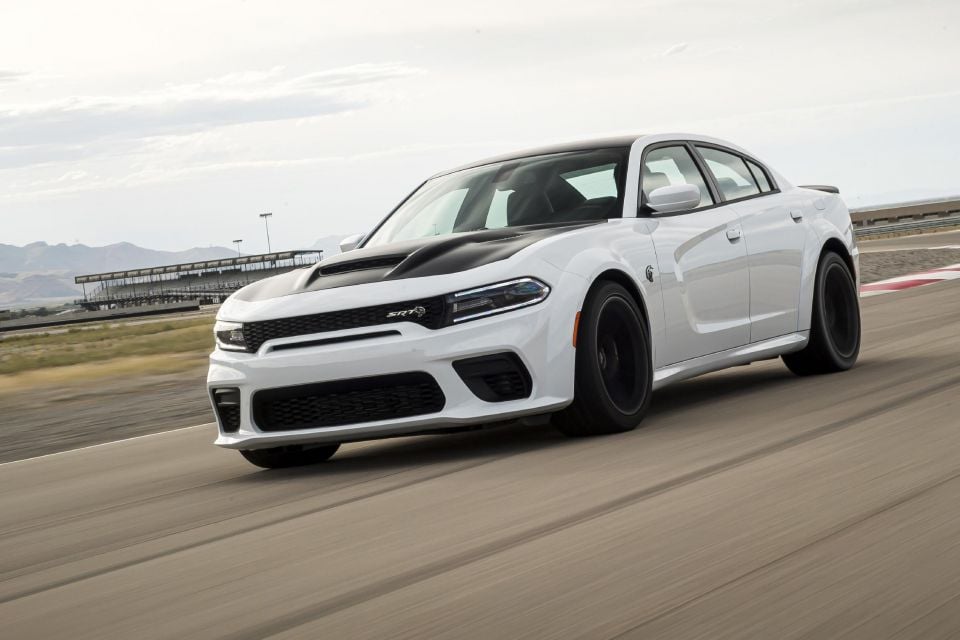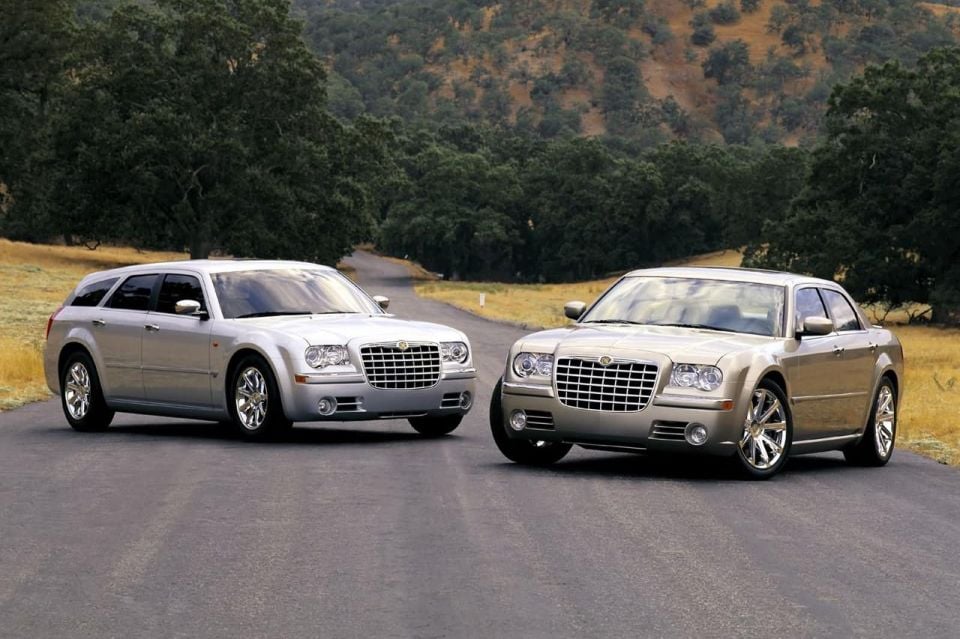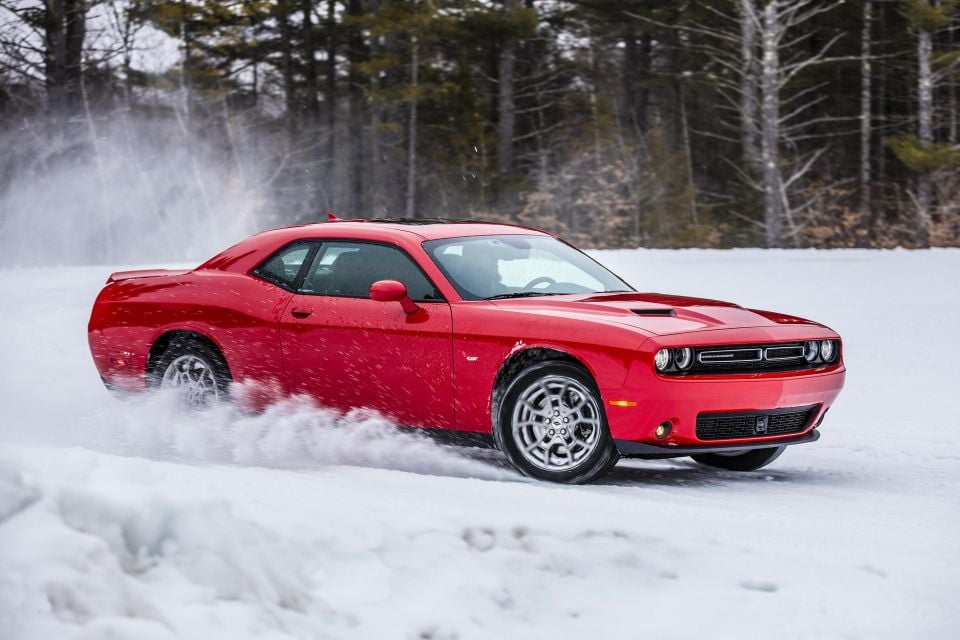

William Stopford
Every SUV, ute and van discontinued in Australia in 2025
6 Hours Ago

Journalist
Just days before 2023 drew to a close, production of the Dodge Charger sedan, Dodge Challenger coupe, and Chrysler 300 sedan ended at the company’s factory in Brampton, Ontario.
With their demise, Chrysler’s V8 era is over, but for Dodge it continues for a little while longer as the Durango, with optional Hemi and Hellcat V8s, remains in production.
The Stellantis plant in Brampton, on the fringes of suburban Toronto, will be overhauled with a new paint shop, stamping facilities, and other improvements. Once complete, it will begin building the third-generation Jeep Compass in 2025.

Based on the STLA Medium platform, the new Compass will be available with a pure electric drivetrain.
Although there are no rear-wheel drive performance cars in the Brampton factory’s future, Stellantis is planning a new generation of muscle cars. Like the outgoing range of tyre-smoking heroes, these new vehicles will be also be built in Canada, this time in Windsor, just across the river from Detroit.
These will be based on the STLA Large architecture. The Charger Daytona SRT concept unveiled in 2022 is, so far, our only look into what this future holds. Although there are rumours this new muscle car line will be offered with the Hurricane twin-turbo straight-six engine, Dodge says the new Charger will be launched exclusively as an EV.
Chrysler and Dodge jumped back into the large rear-wheel drive passenger car game back in 2004 when the brands were still a part of the DaimlerChrysler “merger of equals”.

The LX architecture, which debuted underneath the Chrysler 300, borrowed many parts and design elements from then-stablemate Mercedes-Benz. The 300 was followed by the Dodge Magnum wagon — which was sold in Australia and Europe as Chrysler 300 with the sedan’s front end grafted on — and the Dodge Challenger coupe.
The current LD Charger sedan made its debut in 2010. Despite wearing a fresh new body, the underpinnings were largely carried over from the LX models. A facelift in 2015 brought a rounder front- and rear-end design, but most importantly it ushered in the wild Hellcat 6.2-litre supercharged V8 engine, which at launch was rated at 527kW and 880Nm.
Like Australia’s Falcon and Commodore, the Charger, 300, and Challenger were also available with a six-cylinder engine, as well as lesser V8 engines.

In the case of the Stellantis triplets, the V6 option was the company’s 3.6-litre Pentastar engine making around 220kW. The naturally aspirated eight-cylinder options included the 280kW 5.7-litre Hemi V8, and 362kW 6.4-litre Hemi V8.
As the sales figures for the final quarter of 2023 haven’t been released yet, we don’t have the final sales tallies for the 300, Charger, Challenger and Magnum, but we do have their numbers until the end of September 2023.
Despite being launched in 2008 and having the same body until the end of production some 15 years later, the Challenger (790,420) managed to overcome early slow sales to average 50,000 to 60,000 sales per year until (almost) the very end. Indeed, it has comfortably outsold both the Ford Mustang and Chevrolet Camaro over the last few years.
In production for just three years, it’s no surprise to see the Magnum (129,773) post the lowest figures.
Where expert car reviews meet expert car buying – CarExpert gives you trusted advice, personalised service and real savings on your next new car.
Derek Fung would love to tell you about his multiple degrees, but he's too busy writing up some news right now. In his spare time Derek loves chasing automotive rabbits down the hole. Based in New York, New York, Derek loves to travel and is very much a window not an aisle person.


William Stopford
6 Hours Ago


Ben Zachariah
7 Hours Ago


Derek Fung
7 Hours Ago


Matt Campbell
14 Hours Ago


William Stopford
1 Day Ago


Josh Nevett
1 Day Ago